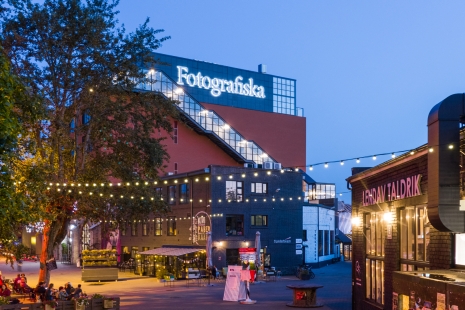In his photographic practice, Moholy-Nagy prioritised the study of light, the fundamental element of photography. His aim was to ‘paint with light’ and he did this by means of photograms, in which objects are ‘painted’ on light-sensitive paper by a light source and casting shadows. In this way, the artist created photographic images without a camera, purely through the manipulation of light and shadow. These new perspectives and camera techniques transformed photography from a mere documentary medium into an art form with a unique aesthetic, depicting new visual sensations.
The exhibition brings together Moholy-Nagy’s first experiments in photomontage (photoplastics, as he called it), made between 1922 and 1945, photograms, personal images taken on trips to Europe and the United States, colour photographs from his later career (including rare images of the artist himself and previously unseen photographs of his own sculptures) and two films.





